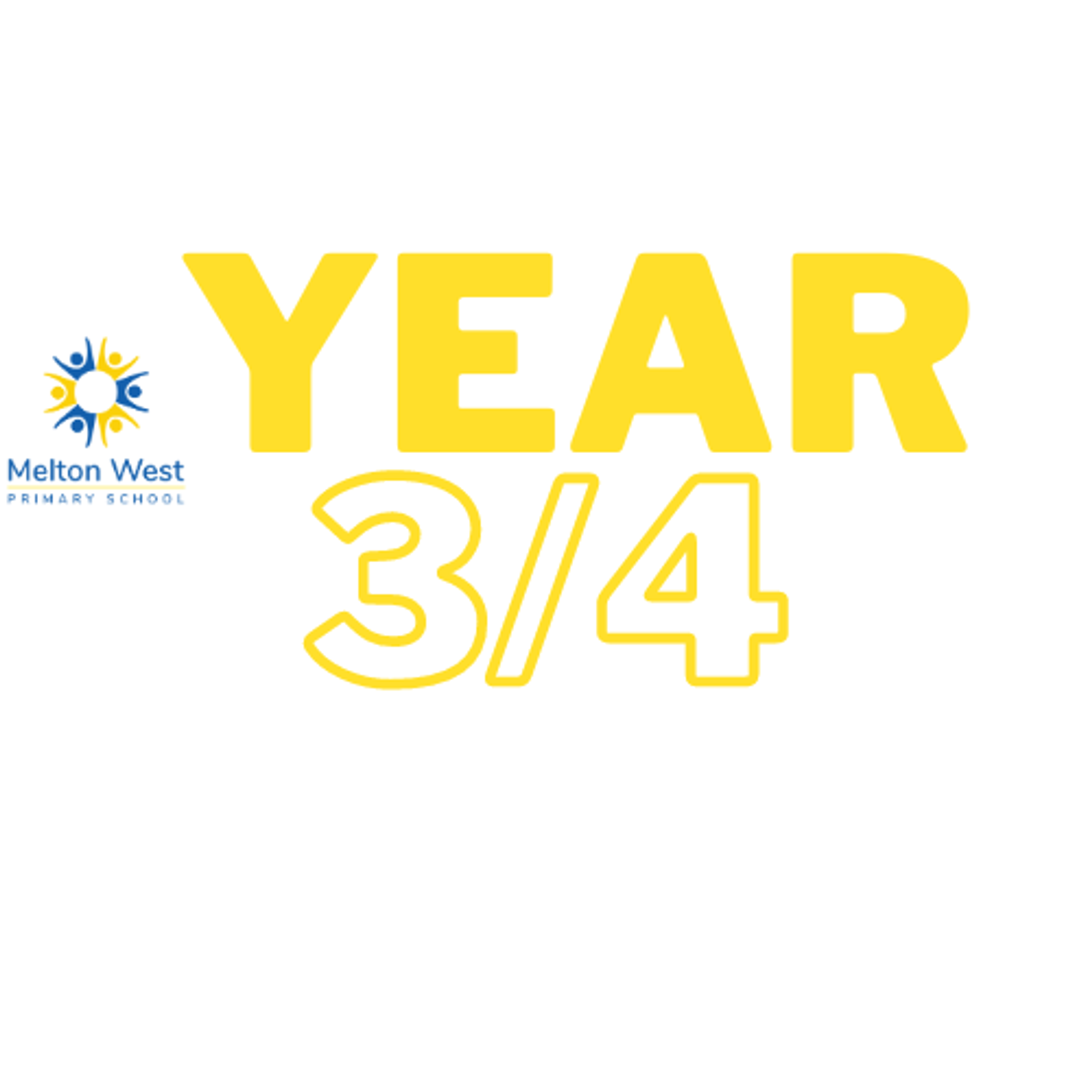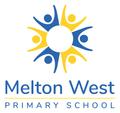Year 3/4 News

ENGLISH
Reading:
In Reading this term, Grade 3/4 students will be focusing on a study of the author Graeme Base. This author is well known for his books such as Animalia and Jungle Drums. While exploring his work, students will examine language devices such as repetition, establishing the mood of a text and how an author creates this through language and illustrations. Students will also practise making inferences about the themes in Graeme Base’s books by locating clues in the illustrations and text and use examples from the stories to support their ideas.
Writing:
This term in Writing, Grade 3/4 students will draw on their knowledge of persuasive texts to identify the typical stages and language features of texts such as narratives, factual recounts, imaginative recounts, biographies, information reports, explanations, book talks, poetry and arguments for a particular purpose and include these in their writing. Students will also gain an understanding of how and why text structure is important. Students will write persuasive pieces about familiar topics. Students will also be re-visiting the writing of narrative stories. This will involve planning a narrative that features a setting , character development, a plot structure and a resolution. The revising and editing process will be an important part of both of these units.
MATHEMATICS
This term our focus will be on Multiplication and Division, Fractions, location, capacity and probability.
students will explore multiplication and division in a variety of meaningful ways. They will:
- Record multiplication using the following strategies: linking repeated addition to doubles, doubling to solve multiplication problems
- Represent division as grouping into equal sets
- Dividing the class or a collection of objects into multiple equal-sized groups
- Identifying the difference between dividing a set of objects into three equal groups (partition) and dividing the same set of objects into groups of three (quotation)
- Model and apply the commutative property of multiplication, e.g. 5 × 8 = 8 × 5
In Space, students will interpret and create two-dimensional representations of familiar environments, locating key landmarks and objects relative to each other using skills such as locating themselves within a space, such as a basketball court, oval, stage or assembly hall, guided by a simple hand-held plan and identifying differences in the representation of a place on a map, in an aerial photograph, in a street view and in a satellite image. Students will also create and interpret grid reference systems using grid references and directions to locate and describe positions on a map.
In Measurement, students will be investigating the capacity of containers and 3D shapes with hands-on activities to determine the quantity of millilitres and litres of liquids and materials such as sand or rice they can hold.
In Probability, students will use the language of probability to describe the chance of events occurring and to describe the likelihood of outcomes for these. They will list possible outcomes and recognise variations in results.
INQUIRY
This term, students are learning about how they identify and describe characteristics of diverse places and environments. They describe the functions and the characteristics of world climates and vegetation, interconnections between Australia and other parts of the world, and the sustainability of natural resources.
Students will investigate with the aim of answering the following questions
- How does the environment support the lives of people and other living things?
- How can people use places and environments more sustainably?
- How do First Nations Peoples care for and use the environment in sustainable ways?
Answering these questions will assist students to arrive at the understanding that the environment is an important natural resource essential for supporting humans and animals. It needs to be respected and cared for.
SCIENCE
In Term 4, Grade 3/4 students will be focusing on Physical Science. Term 4’s unit is called ‘Fabulous Forces’. The curriculum focus for the unit is ‘Forces, including frictional, gravitational, electrostatic and magnetic, can be exerted by one object on another through direct contact or from a distance and affect the motion (speed and direction) of objects’.
The key concepts in this unit include:
- Physics is the study of how matter behaves when acted on by forces or energy
- This behaviour is governed by the force's size (or magnitude) and direction. The larger the force, the bigger the effect.
- Objects always have forces at work on them, even when they are not moving, and objects will keep doing what they are doing (moving or staying still) until a force unbalances their equilibrium
- Some forces work against other forces, resisting forces. This can be like the drag against an aeroplane or the friction which stops a ball rolling
Some forces act on objects directly by contacting them. Other forces, like magnetism or gravity, do not need to be in contact with an object to exert a force on them.
The inquiry questions are:
- Why do objects move?
- What are forces?
- Are there forces working on objects that are not moving?
- Why does a rolling ball stop?
- Why is it harder to push a heavy object than a light object?
LOTE-AUSLAN
Welcome to Term 4 Auslan! During this term, Grade 3/4 students will learn about: – Junk/Take Away Food, Telling the time, Around the House – Bathroom & Laundry, On the Weekend, Opposites, Handshapes #4, Going to the Beach, Sign Languages Around the World, Party time and Revision.
These new lessons will show signs being used in a variety of social settings, and we will explain that there are many sign languages used around the world.
One focus will be combining previously taught signs with new signs to extend their Auslan communication. We will also continue our learning about ‘handshapes’ which form the Auslan signs.
Our Revision lesson will be an Auslan story, including many signs that we’d learnt this term, presenting the challenge of ‘reading back’ the signs to understand the story.
ART
In Term 4, the Year 3/4s will continue their learning in Art with a focus around the themes ‘Building’ and ‘Celebrating’. This will include activities that develop basic textile skills, use paper manipulation and origami techniques, and feature ourselves and our school environment through photography. To inspire our artwork, we will learn about the colourful and playfully staged photographs of Melbourne-based artist Atong Atem, originally from South Sudan. The students will experiment with various photo editing tools and programs to create their own expressive photographic scenes and montages.
We will also be preparing for our excursion to the Potter Museum of Art at Melbourne University, studying information and devising questions for our visit! I am excited to welcome the students back into the art room for our final term. We look forward to sharing our creations with you.
P.E.
This term our Year 3/4 students will be focusing on hockey and rugby. They will continue to develop their skills but with a stronger focus on applying them in game situations. Through plenty of team-based activities, students will have the chance to challenge themselves, work together and show their growing game sense. Excitingly, some of our 3/4 students will also have the opportunity to represent the school in soccer competitions, which is a fantastic chance to show their skills, teamwork and school pride. To finish off the term, students will take part in our House Colours Day, dressing up in their house colours and competing in a variety of fun events to celebrate the end of the year.
